Please activate the English subtitles
Here is a question whose answer is far from being obvious! How many musicians take the time to listen to their instrument? We are all with our ideas, our will, our desire to say things. But have we ever thought about listening to what the didgeridoo has to say? In this article I share with you my thoughts on the subject. It is accompanied by an exercise that will allow you to live this beautiful experience.
Because nothing replaces practice!
Listening to your didgeridoo: what does it mean!
It may seem strange to specify that you have to listen to your didgeridoo! Indeed, once it sounds it is pretty obvious that we are listening to it.
But there is listening and there is listening.
Here, it is a question of listening to one’s instrument in consciousness. The goal is to let it breathe what it has to tell us. Forget what you want to do or the rhythms you want to play.
To listen to your didgeridoo is to let it take the first place. This is the big difference between imposing your rhythm or letting it come naturally. The second one is much more likely to be “alive”. It will have a natural ease and will come from a world more buried than the one you would have played without questioning.
Thus, letting your instrument speak and listening to it in an open position is a true path of humility.
It requires to consider that it is him, our didgeridoo, who knows what to play. And that we don’t have to do anything but follow him. This way of seeing things changes everything, so you have nothing to do but listen to him.
Isn’t that great?
The other advantage of this approach is that it requires no special technique. You’ve just started playing? Perfect, you’re still fresh as a daisy! You’ve been playing for 10 years? Perfect again, this is an exercise that will bring freshness to your game!
All you have to do is go with the flow.
So when do we start?
– – –
“It’s rowing against the current that keeps you in the same place. “
Jacques Chardonne
– – –
Okay, here we go! But in practical terms, how do you go about listening to your didgeridoo!?
Well, for the most daring, here is a very simple exercise to start this practice right now! It is so simple that almost everyone has missed it!
An exercise to listen to your didgeridoo
Take your didgeridoo and play a simple rhythm that you are used to playing. Any one as long as it’s fairly simple and you’re totally comfortable.
Get into a comfortable posture and try to relax physically and mentally. Settle into a state of mind of openness.
With that done, play your rhythm over and over with a tempo you are comfortable with. You don’t need to go too fast or too slow.
Keep it simple.
And now that you are playing, listen. Just listen.
Listen to every sound, every breath, every harmonic, every variation. Listen to them and let yourself be immersed.
Play over and over again.
An ever-changing rhythm
Music is alive. And like all living things, it evolves, it moves, it changes. But a flower grows slowly, and you have to be patient to watch it bloom.
For your rhythm, it is the same thing. You must have the same attention as if you were watching a flower bloom. The same patience.
Unless you are a machine, your rhythm will move very slightly. It is this movement that you will learn to detect. From this point on, your only objective is to refine your ear, your listening.
A rhythm is alive. Isn’t life just a series of rhythms?
If you don’t hear anything, try again. Persevere. Perseverance is the common thread of all great achievements.
– – –
“It is not strength, but perseverance, that makes great works.”
Samuel Johnson
– – –
Observe and test
Observation helped Buddha find enlightenment. So much for being a useful tool!
And it’s going to help you understand the relationship between sounds and muscles a little more. So, when you notice a sound in your rhythm try to see by whom it is produced: your cheeks? Your tongue? Your lips? Your throat?
Observe the muscle and its movement.
By this process, you will allow yourself to really understand what is happening inside your mouth when you play. The didgeridoo is an instrument


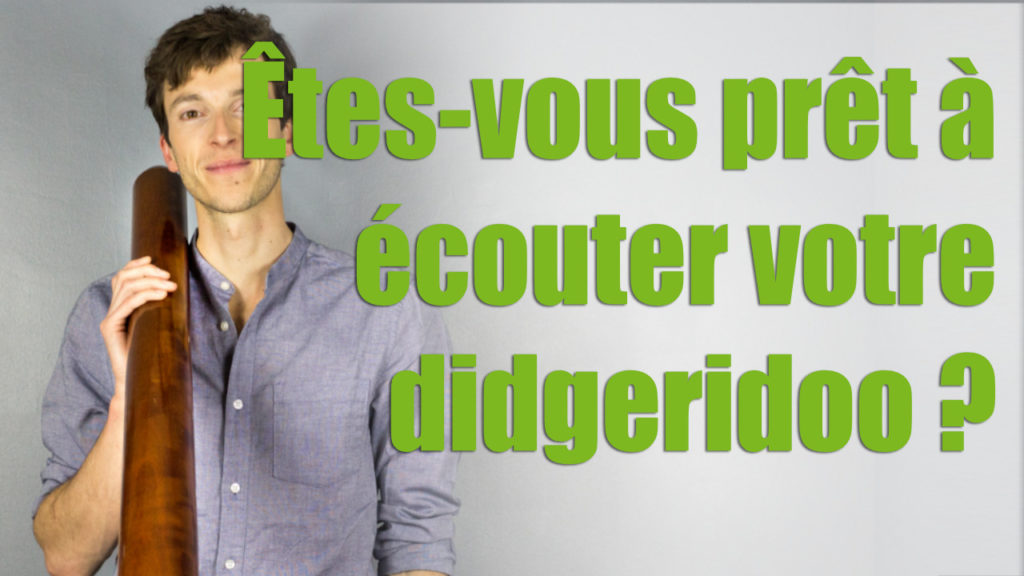
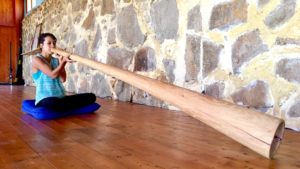
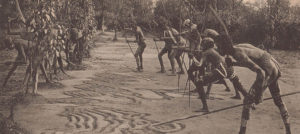
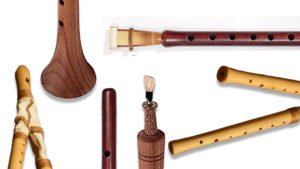




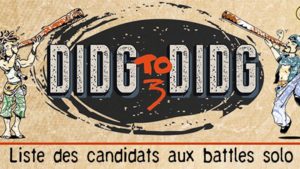
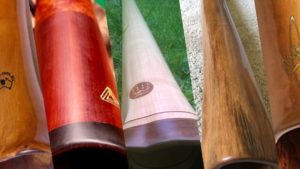

Gauthier you are a great patient teacher who obviously uses the methods you talk about such as listening not only when playing but also listening to your students/learners and what they’re doing.
Regards Eric
Thanks Eric! I will be so happy for you if you can have this circular breathing. So I will do all my possible to help you! 🙂